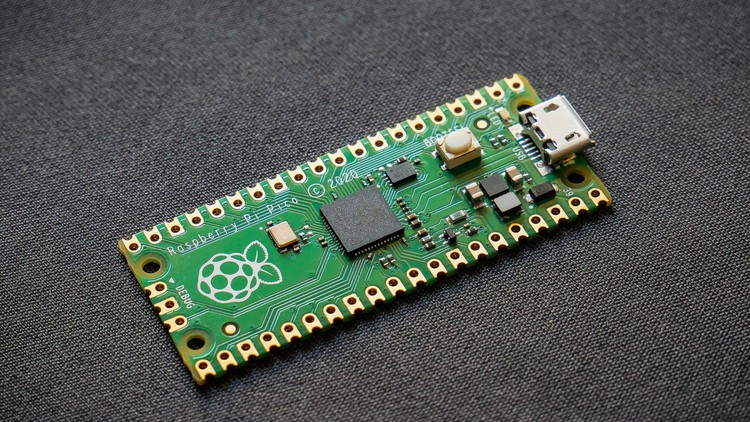
What you will learn
Understand the architecture of ARM Cortex-M Processors
Understand the applications of ARM Processors
Understand and Write Assembly Language Programs using ISA of ARM Cortex-M
Interpret the usage of different registers and memory system features in ARM Cortex-M
Description
Hi all! Welcome to my course on ‘Introduction to ARM Cortex M3 and M4 Processors’. This course will help you gain knowledge in the architecture, registers, features of ARM Cortex Processors. The other half of the course will help you understand the instruction set of ARM Cortex-M so that you’ll be able to write programs in assembly language.
The Architecture part covers
1. Features of ARM Processors.
2. Versions of ARM
3. Applications of ARM Cortex-M
4. Specific Features of ARM Cortex.
5. Three stage pipeline of Cortex.
6. Registers – General Purpose, Special Purpose in ARM Cortex M3
7. Memory Features.
8. Bit Band Region.
9. Little Endian, Big Endian Architecture.
10. The Thumb-2 Technology
11. Difference between ARM and Thumb Instructions in Classical ARM Processors.
12. Stack Memory
13. Interrupts/Exceptions
14. Interrupt Masking
The Instruction set part covers
• Moving data within the processor
• Memory accesses
• Arithmetic operations
• Logic operations
• Shift and Rotate operations
• Conversion (extend and reverse ordering) operations
• Bit field processing instructions
• Program flow control (branch, conditional branch, conditional execution, and
function calls)
• Multiply accumulate (MAC) instructions
• Divide instructions
• Memory barrier instructions
• Exception-related instructions
• Sleep mode-related instructions
• Other functions
What are you waiting for? I’ll see you there in my course.
The Cortex-M3 and Cortex-M4 are processors designed by ARM. The Cortex-M3 processor was the first of the Cortex generation of processors, released by ARM in 2005 (silicon products released in 2006).
The Cortex-M4 processor was released in 2010 (released products also in 2010). The Cortex-M3 and Cortex-M4 processors use a 32-bit architecture. Internal registers in the register bank, the data path, and the bus interfaces are all 32 bits wide. The Instruction Set Architecture (ISA) in the Cortex-M processors is called the Thumb ISA and is based on Thumb-2 Technology which supports a mixture of 16-bit and 32-bit instructions
Content